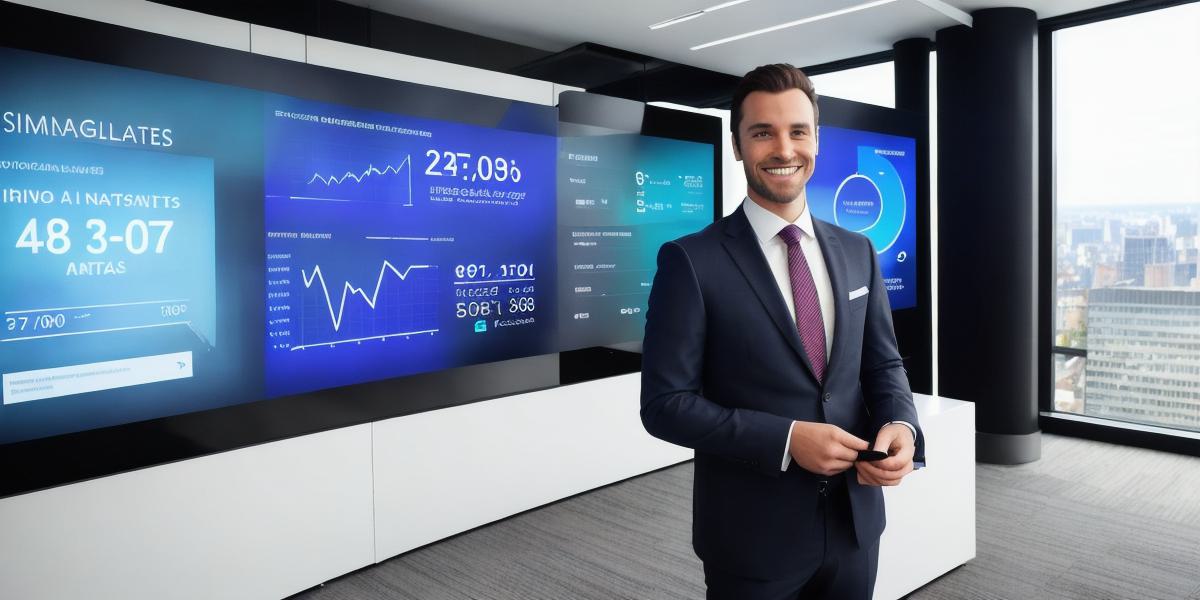Introduction
In today’s digital age, consumers are bombarded with advertisements and promotional messages from all angles. With so much competition for their attention, it can be challenging for businesses to stand out and connect with their target audience. One solution that has proven to be highly effective is personalization. By tailoring marketing messages to the specific needs and interests of individual customers, businesses can increase engagement, build brand loyalty, and drive sales. In this article, we will explore the power of personalization in marketing and provide practical tips for implementing it in your own business strategy.
The Benefits of Personalization in Marketing
Personalization is a powerful tool that can help businesses achieve several key objectives. Here are just a few examples:
- Increased Engagement: When customers feel like a business understands their needs and interests, they are more likely to engage with the brand. This could involve making a purchase, filling out a form, or simply clicking on an ad. Personalized marketing messages can help capture the attention of potential customers and encourage them to take action.
- Better Targeting: By analyzing customer data, businesses can identify patterns and trends that can inform their marketing strategy. For example, they may discover that certain demographics are more likely to purchase a particular product or service, or that certain channels (such as email or social media) are more effective for reaching a specific audience. With this information in hand, businesses can target their marketing efforts more effectively and achieve better results.
- Increased Brand Loyalty: Personalized marketing messages can help build trust and establish a connection with customers. When customers feel like they are being treated as individuals and that a business understands their needs, they are more likely to become loyal brand advocates. This can lead to repeat purchases, positive word-of-mouth recommendations, and increased brand awareness.
- Higher Conversion Rates: Personalized marketing messages are often more effective at driving conversions than generic ones. This is because they speak directly to the customer’s needs and interests, which makes them more likely to take action. For example, a personalized email promoting a new product may have a higher conversion rate than a generic email that simply promotes the same product without any customization.
How to Implement Personalization in Your Marketing Strategy
Now that we’ve discussed the benefits of personalization let’s explore some practical tips for implementing it in your own business strategy:
- Collect and Analyze Customer Data: To create personalized marketing messages, you need to know who your customers are and what they care about. This means collecting data on their demographics, behaviors, interests, and preferences. Once you have this information, you can use it to segment your audience and tailor your messaging accordingly.
- Use Customer Relationship Management (CRM) Tools: CRM tools like Salesforce or Hubspot can help you collect and manage customer data. They also provide powerful analytics capabilities that can help you identify patterns and trends in customer behavior. By leveraging this information, you can create more effective personalized marketing campaigns.
- Create Personalized Content: Personalization starts with the content you create. Instead of using generic messages or promotions, try to create content that speaks directly to your audience’s needs and interests. This could involve creating customized product recommendations, writing blog posts on topics that are relevant to your customers, or creating targeted email campaigns.
- Use Personalization Technologies: There are many tools available that can help you personalize your marketing messages. These include dynamic content platforms, customer data platforms, and marketing automation software. By using these technologies, you can create highly customized experiences for your customers without having to manually tailor each message.
- Test and Optimize: Personalization is an iterative process. You should continuously test and optimize your campaigns to see what works best. This could involve A/B testing different messaging or creative, analyzing conversion rates, or using customer feedback to improve your personalized experiences.
Case Studies of Successful Personalization in Marketing
There are many examples of businesses that have successfully used personalization to drive results. Here are a few:
1.
